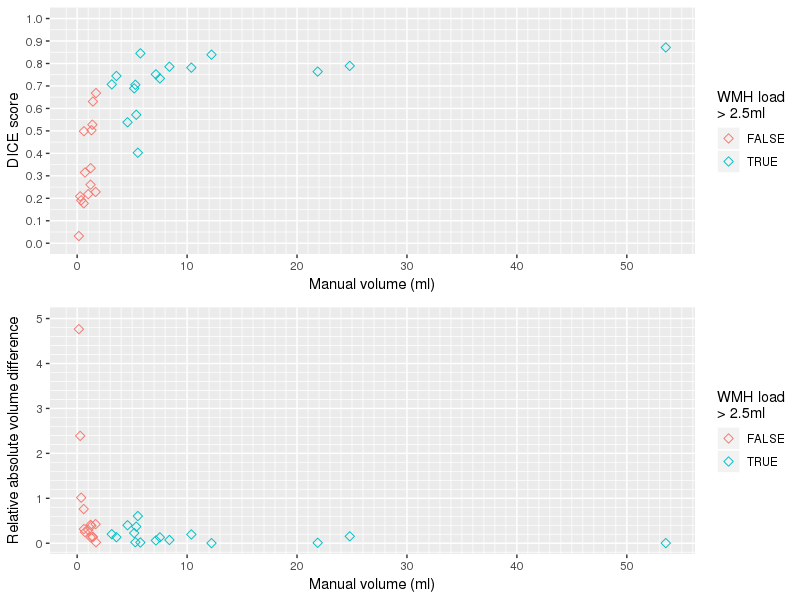Fully Convolutional Network Ensembles for White Matter Hyperintensities Segmentation in MR Images
White matter hyperintensities (WMH) are commonly found in the brains of healthy elderly individuals and have been associated with various neurological and geriatric disorders. In this paper, we present a study using deep fully convolutional network and ensemble models to automatically detect such WMH using fluid attenuation inversion recovery (FLAIR) and T1 magnetic resonance (MR) scans. The algorithm was evaluated and ranked 1 st in the WMH Segmentation Challenge at MICCAI 2017. In the evaluation stage, the implementation of the algorithm was submitted to the challenge organizers, who then independently tested it on a hidden set of 110 cases from 5 scanners. Averaged dice score, precision and robust Hausdorff distance obtained on held-out test datasets were 80%, 84% and 6.30mm respectively. These were the highest achieved in the challenge, suggesting the proposed method is the state-of-the-art. In this paper, we provide detailed descriptions and quantitative analysis on key components of the system. Furthermore, a study of cross-scanner evaluation is presented to discuss how the combination of modalities and data augmentation affect the generalization capability of the system. The adaptability of the system to different scanners and protocols is also investigated. A quantitative study is further presented to test the effect of ensemble size. Additionally, software and models of our method are made publicly available. The effectiveness and generalization capability of the proposed system show its potential for real-world clinical practice.
PDF Abstract
